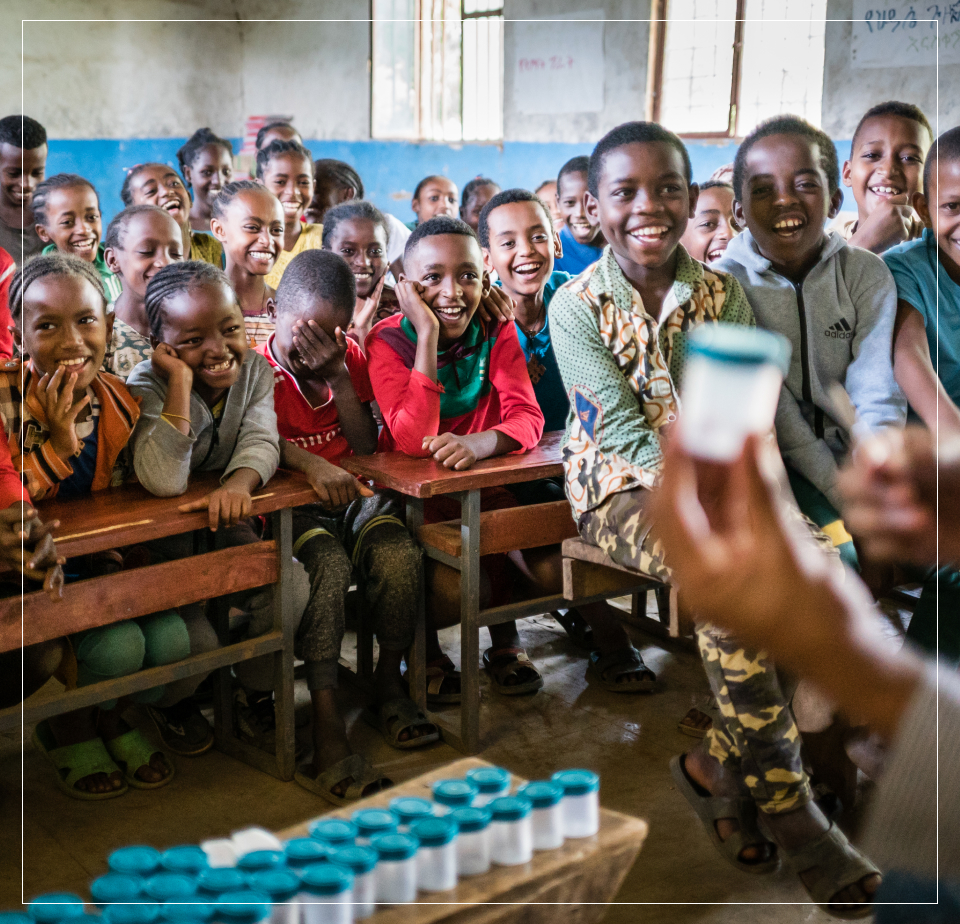In the Bench Maji zone (now Bench Sheko), in Southern Ethiopia, the transformative ‘Intense Community Engagement and Education Project for Elimination of Schistosomiasis and NTDs project’ embarked on its journey in 2017. A collaboration between the Ethiopia Ministry of Health and Merck, this impactful initiative unfolded over five impactful years, leaving a lasting impact on the health of the population.
The primary goal of the project was clear: to eliminate NTDs as a public health problem in one of Ethiopia’s most vulnerable regions while testing innovative and novel interventions for future nationwide initiatives. The essence of this mission was rooted in the idea that change could only flourish when communities were actively involved. Through its multi-tiered strategy, the project aimed not only to eradicate NTDs but also to encourage ownership within the communities themselves.
A diverse range of activities were set in motion, tailored to initiate positive transformation. The project’s reach spanned schools, communities, homes, and riverbanks. Health education became pivotal, seamlessly integrated into daily life. The project’s true essence lay in its adaptation of interventions to meet the unique needs of each community, respecting their distinct cultures, languages, and resources.
Collaboration fostered a dynamic synergy between the NTD and WASH (Water, Sanitation, and Hygiene) sectors. This harmonious partnership strengthened coordination and knowledge sharing, and propelled the project’s journey forward. Local leaders, women’s networks, and engaged individuals took center stage, advocating for hygiene, sanitation, and health education within their neighborhoods.
Across the districts of Bero, South Bench, Mizan Aman, Gidi Bench, and Guraferda, change in the health and motivation of the community was undeniable. The ripple effect reached over a quarter of a million people, ranging from school-aged children to entire households. The project’s effectiveness was quantified through biological sampling and behavioral surveys, unveiling decreases in disease prevalence, increases in knowledge and awareness, and changes in the attitude and behaviors of the community with regard to health and sanitation.
Ultimately, the Intense Community Engagement and Education Project for NTD Elimination transcended being merely a project; it evolved into a narrative of partnership, resilience, and hope. It stood as a living testament to the conviction that change is not only attainable but also achievable when communities unite to overcome even the most formidable challenges.
